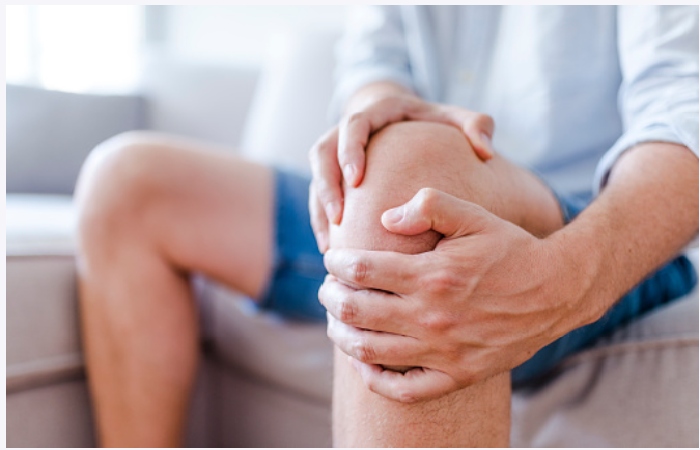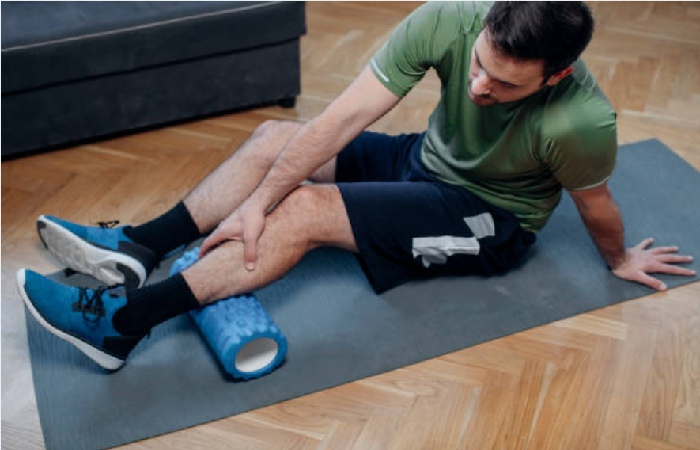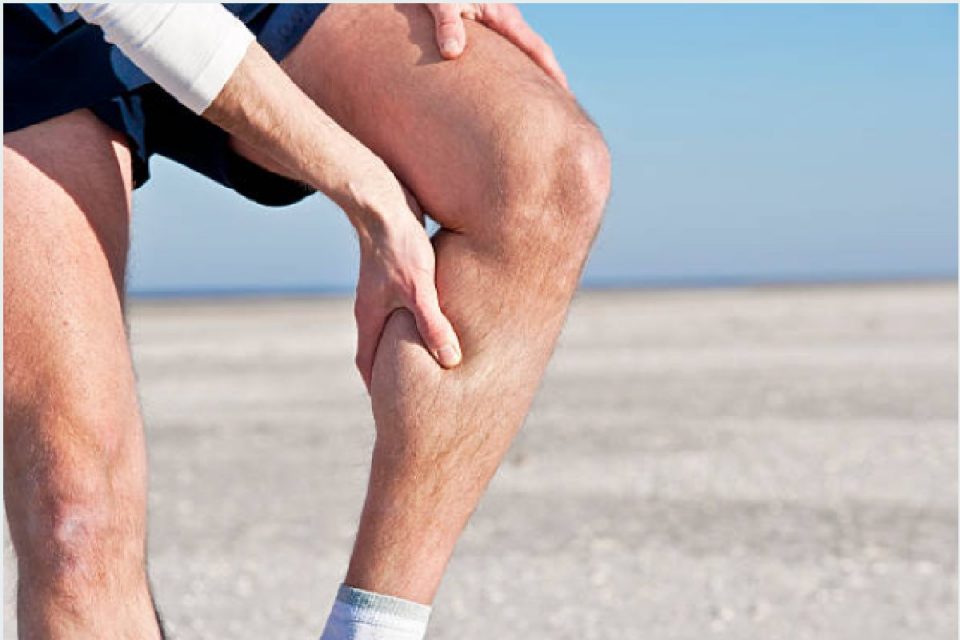What is Muscle Cramps: Symptoms, Causes, Amateur Treatment : Muscle cramps are painful spasms that occur during or immediately after exercise. The muscle becomes hard and contracted and cannot be relaxed. Although any muscle can spasm, muscle cramps generally affect three different muscle groups:
– front of the thigh (quadriceps)
– rear of the thigh (hamstrings)
– calf (gastrocnemius)

Table of Contents
Symptoms
Pain and muscle spasms are the main symptoms. This usually subsides in a matter of seconds or minutes. However, it can sometimes continue for more than 15 minutes. The muscle may be tender for 24 hours after the initial cramp.
Causes
The precise cause of cramps is still unknown, but one theory holds that they occur when muscles are shortened and used repeatedly without stretching before exercise. Other factors associated with muscle cramps are:
– overexertion
– exposure to hot or cold weather
– dehydration
– salt imbalance due to sweating
– low blood sugar
The main cause of muscle cramps is believed to be overexertion, either from exercising for longer than normal or at too high an intensity. This is why cramps are common at the end of a long or strenuous activity, such as a marathon, or after a high-intensity exercise, such as a sprint.

Amateur Treatment
If you have a muscle cramp, here are some tips to help ease the pain.
– Gently stretch the muscle that has given the cramp. This is the fastest and coolest way to relieve it. Stretching the contracted muscle will reduce the pressure on the muscle. Always keep stretching until the muscle cramp has passed.
– Apply ice wrapped in a soft material. This can be done while stretching, to numb the area and increase circulation by removing the ice.
– Gently massage the muscle.
– Replace lost fluids by drinking water.
If you are facing muscle cramps on a steady basis, see your doctor or physical therapist.
To Do?
– Try to increase the intensity and duration of your training gradually, to give your body time to adjust to increased activity.
– If you exercise in hot or humid conditions, drink sports drinks to replenish electrolytes when you are done.
– After exercise, replenish lost carbohydrates by eating a banana.
– Stretch before and after exercise, they can reduce the susceptibility of muscles to cramps.
Advice
Here are some interesting tips to keep in mind when we suffer a cramp:
– Stop exercising.
– Stretch the muscle carefully as this will reduce the pressure that is being exerted on it. Keep the muscle stretched until the cramps stop.
– If you have a cramp in your calf, place your hand on the muscle and gradually bring your fingers up to the knee.
– If you experience a quad cramp, stand upright, lift your ankle toward your buttocks, and move the top of your foot and heel to stretch the muscle.
To stretch your hamstrings, sit up and straighten your leg, keeping your knee unbent, and try to lean forward until you touch your foot.
– Gently massage the muscle.
– Drink water or sports drinks to replace the possible fluids and electrolytes lost.
– Walk a little.
– Ice can help if you have tender and sore muscles. Place an ice pack wrapped in a towel. Do not relate ice straight to the skin as it can damage it. While stretching, you can use ice to reduce blood flow, which will help relax the muscle.
How to Prevent Cramps
As with somewhat injury, prevention is better than cure. The following tips may help you prevent injuries, including cramps.
TRAINING
Try to regulate the intensity and duration of physical exercise. This will give your body time to adjust to the increased activity.
HYDRATION
Check that you are hydrated, as dehydration is one of the causes that can cause cramps. The color of urine is a useful indicator to know the degree of hydration of a person. Generally, dark-colored urine indicates that the person is dehydrated; on the other hand, the ideal color so to speak would be a pale yellow.
ELECTROLYTE REPLACEMENT
After exercise, replacing lost electrolytes will help prevent cramps. The key is to have a healthy and balanced diet. Exercising in hot or humid climates will cause you to lose more salts and electrolytes through sweat. In this case, you will must to replace them by adding salt to meals or drinking certain isotonic-energy drinks.
Do not do this if you have high blood pressure or heart or kidney problems, as too much salt can aggravate these problems. For more information, consult your GP.
EQUIPMENT
It is sensible to wear suitable clothing and shoes for exercise. If you use any sport-specific equipment, make sure it is suitable for you and you know how to use it safely.
STRETCHING A
commonly held belief is that stretching muscles reduces the chance of certain injuries, including cramps. However, it is not fully proven that this is true. If you frequently suffer from cramps, it is advisable to consult your GP or your physical therapist for the best possible advice.
Searches Related to Muscle Cramps
what causes muscle cramps all over the body
how to stop muscle cramps fast
muscle cramps treatment
vitamins for muscle cramps and spasms
muscle spasm in leg
leg cramps at night
how to stop leg cramps immediately
muscle cramps symptoms

